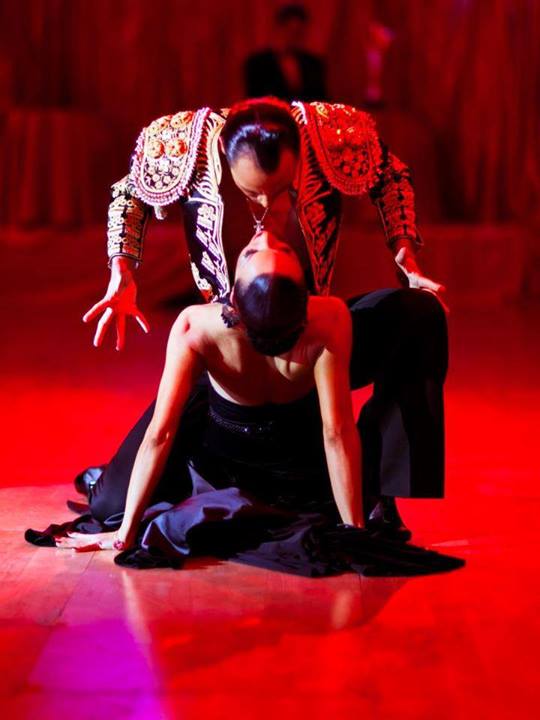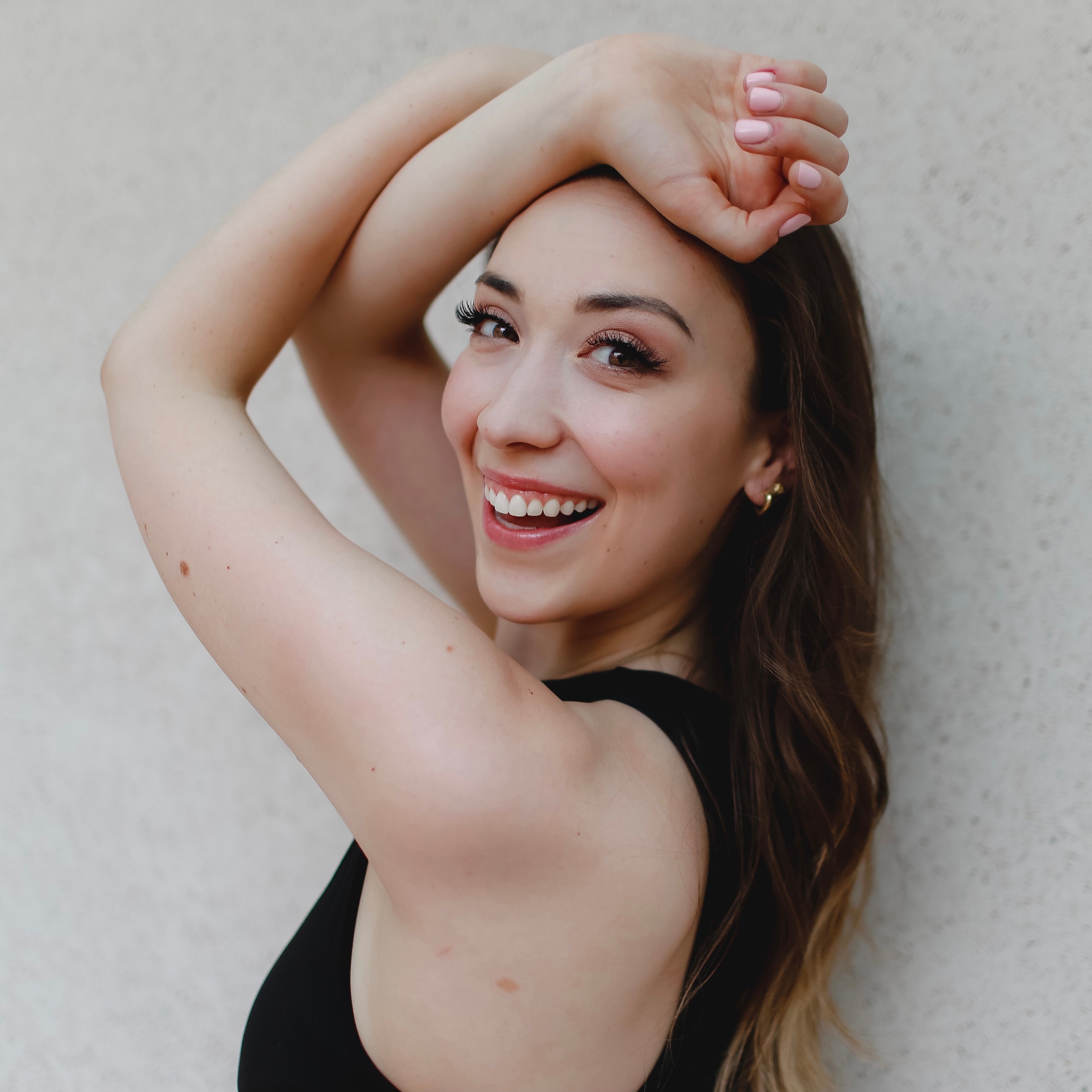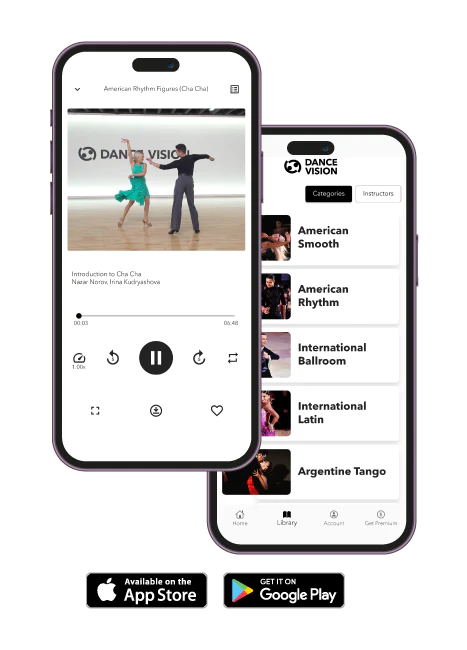Paso Doble is a dramatic Latin dance that originated in Spain and has since become a popular ballroom dance around the world. It is characterized by its strong, bold movements and its use of dramatic arm and body postures to tell the story of the Spanish bullfight. Here is a breakdown of the basic steps and timing for dancing the International Latin Paso Doble.
Timing:
-
Paso Doble is danced to music in a 4/4 timing, and usually at a speed of 116 -124 bpm.
-
The Paso Doble is often danced to a single classic song, "España Cani", that contains marked highlights within the music that inspire different choreography as the music progresses.
Breakdown of Basic Steps:
Leader
1. Right foot steps in place.
2. Left foot walks forward.
3. Right foot closes to left foot.
4. Step in place left, right, left, right, left.
5. Repeat again.
Follower
1. Left foot steps in place.
2. Step back on the right foot.
3. Step back on the left foot.
4. Right foot closes to left foot.
5. 4 small walks forward - left, right, left, right.
5. Repeat again.
In addition to the basic steps and timing, Paso Doble also involves the use of dramatic arm and body postures to tell the story of the Spanish Bullfight. The leader often takes on the role of the "matador," using their arms and upper body to convey strength and power, while the follower takes on the role of the "cape," using their arms and upper body to mimic the movements of a cape as they follow the leader. Check out a depiction of these roles here by Dance Vision Instructors Andrii and Katya.
Remember, Paso Doble is a dance that is all about power and drama. As you practice these basic steps and timing, try to let the music guide your movements and let your body express the bold and energetic mood of the dance. With practice and patience, you'll be well on your way to becoming a confident and skilled Paso Doble dancer.

Try it from Home
Dance to the Music
Now that you're hooked on Paso Doble, start learning with video tutorials on the Dance Vision app, or continue reading about the 19 different types of ballroom dance.

